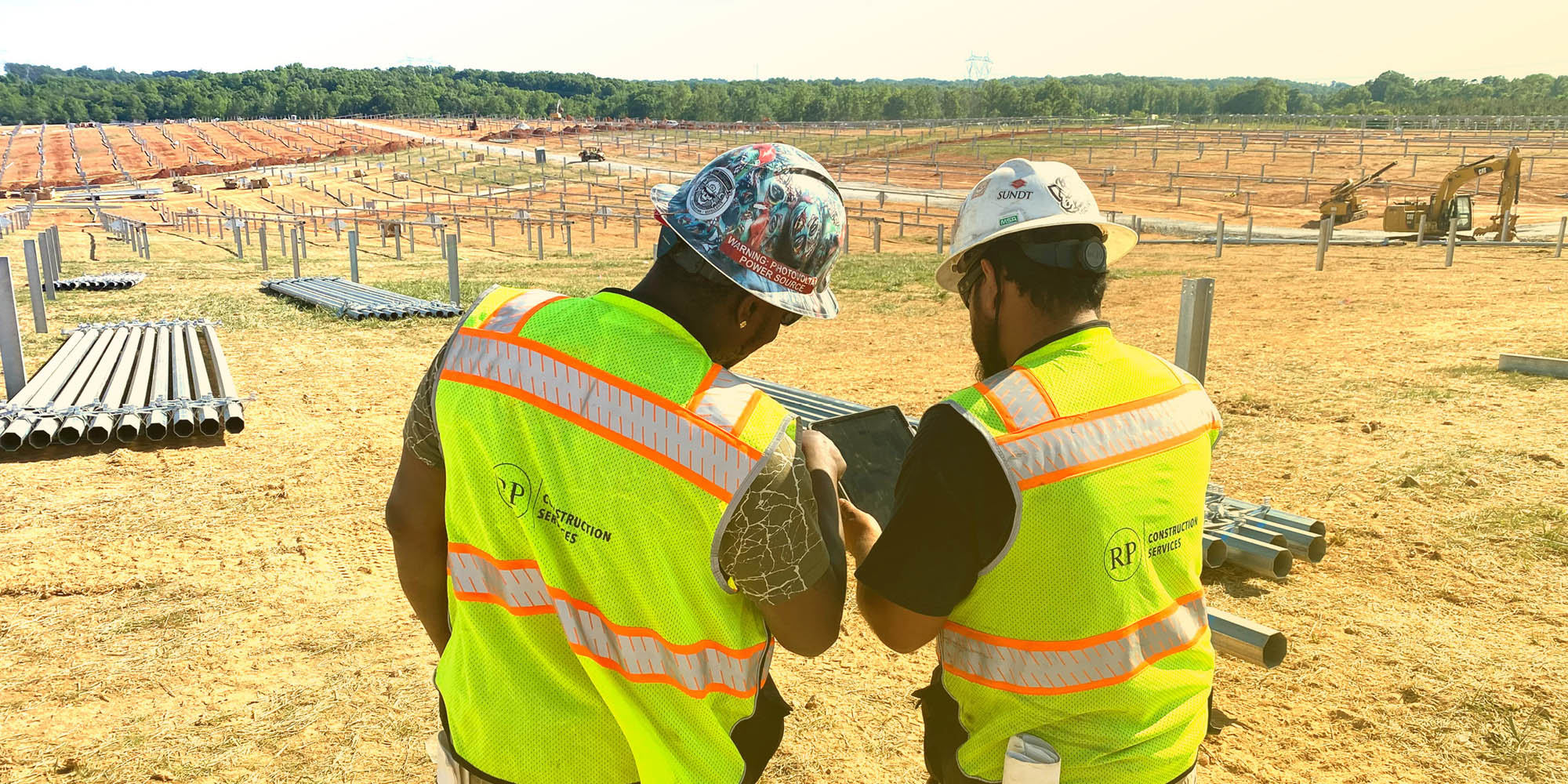
While the promise of the PV industry has never been greater, a genuine threat of under-delivering on claims and constructing underperforming assets could slam the breaks on solar’s progress. Having personally been involved for over 30 years along solar’s journey, I’ve seen too many technologies and business models fail. If we don’t learn from the mistakes of the past, they could be repeated – damaging our industry as a whole.
Lessons from failures past
In its recent history, the solar industry has seen a number of technologies and companies come up short when it came to delivering on big claims. Companies like Solyndra, SunEdison and QBotix all held promise at various times but did not have the solutions that served the interests of project developers – nor their investors.
At best, some of these companies were overly ambitious or misdirected. At worst, they represent solar opportunists or reckless zealots, whose impressive claims simply didn’t stack up. In hindsight, some steps could have been taken to avoid such failures. Even today, this is an issue which challenges PV project developers, EPCs, and investors.
Proactive approach to durability and reliability
To meet the demands of today’s highly competitive PPA prices, rigorous quality assurance processes and standards should be required to assure solar assets retain their value over time. These processes and standards create a comprehensive platform on which project financiers and owners can count on to ensure that all the equipment going into their projects is sufficiently reliable. Importantly, they will help developers deploy components that emphasize the lowest cost of ownership over the life of the system, not just the lowest upfront purchase price.
Successful investors and developers generally harness the expertise of independent engineers (IEs). IEs assess the equipment proposed for PV projects and help investors and developers ensure that EPCs and construction companies follow a consistent and transparent process. It is also helpful for these engineers to conduct cost-of-ownership analysis, based on actual field data – so financial models reflect those that are likely to occur out in the field.
Lifecycle cost analysis has proven to be money well spent for solar power plant owners, as is lifecycle testing of components. Unfortunately, this is rarely incorporated into standard testing regimes in their current form.
There is also value in changing the way in which the wider solar industry discusses failures to lift the cloak of secrecy and to clear the way for lessons to be learned across the PV supply chain. All too often, experiences are concealed by excessive Non-Disclosure Agreements (NDAs) and confidentiality clauses, even non-disparagement provisions. While it is understandable that investors and asset owners do not want to diminish the value of their assets, there is much to lose if we don’t share our experiences. Mistakes swept under the carpet can easily come back to haunt the solar industry as a whole.
Ensuring solar’s viability for years to come
If properly incorporated, thorough processes and comprehensive standard regimes could help shift the discussion within solar from one that is focused on CAPEX to one that is more holistic. This approach would subsume the financial implications of all components within a PV array. This shift would also help to bring into alignment EPC interests with the financial institutions or asset owners that are putting their money into projects.
There is no doubting the magnitude of opportunity facing the global solar industry now and in the coming years. However, the industry must reflect on past failures and put in place processes which ensure they are not repeated. By doing so, we build on the collective experience of our industry – the good, the bad and the ugly – and help deliver on, and profit from solar’s potential for years to come.
– Ron Corio, Founder & CEO, Array Technologies
RON CORIO started Array Technologies in 1989. As CEO, Ron is central to product innovation and strategic company planning. After patenting the first solar tracking system in 1993, his groundbreaking inventions have helped pioneer the development of large-scale solar power plants. An entrepreneur with a wealth of experience, Ron works closely with Array’s team of engineers from conception to implementation, designing trackers that keep the company at the forefront of technological innovation. Through his efforts, Array has evolved from a small startup to the leading manufacturer of solar tracking systems globally.
Original article published by Utility Dive: https://www.utilitydive.com/news/learning-from-solars-past-mistakes-to-ensure-a-brighter-future/514308/




